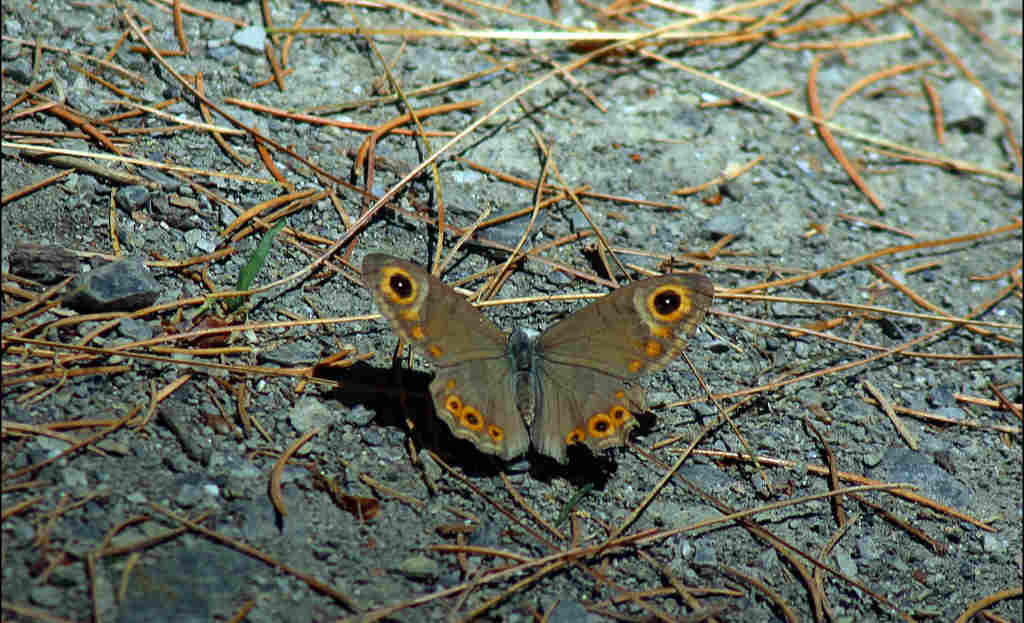
Lasiommata schakra (Common Wall)
Lasiommata schakra – The Common Wall Butterfly of GHNP
Lasiommata schakra, widely known as the Common Wall, is a subtle yet fascinating butterfly species found within the serene landscapes of the Great Himalayan National Park (GHNP). This butterfly is admired for its adaptability and the intricate patterns on its wings that make it a master of camouflage.
| Common Name | Common Wall |
| Scientific name | Lasiommata schakra |
| Family | Nymphalidae |
| Description |
The upper side of Lasiommata schakra’s wings is a warm brown, marked with eye-catching eye spots and fine lines that blend easily into rocky or earthy surfaces. The undersides are even more cryptic, mimicking dry leaves or bark—an evolutionary advantage that helps it avoid predators when at rest. This butterfly is typically seen basking in the sun on rocks, walls, or bare ground, especially in forest clearings and trails within GHNP. It prefers open habitats at mid-elevations, usually between 1,000 and 2,500 meters. These spots provide both sunshine and the low vegetation that its larvae feed on. The life cycle of Lasiommata schakra revolves around grasses, which serve as host plants for its caterpillars. Adults are nectar feeders and often flutter close to the ground in short, swift flights. Though not as flashy as some high-altitude species, this butterfly is an important part of the GHNP ecosystem due to its role in pollination and as a food source for birds and insects. The presence of Lasiommata schakra in GHNP reflects a healthy and undisturbed ecosystem. Its ability to thrive in both natural and slightly disturbed habitats makes it an excellent indicator species. For more on GHNP’s butterflies, explore Graphium sarpedon and Udara dilecta. |



